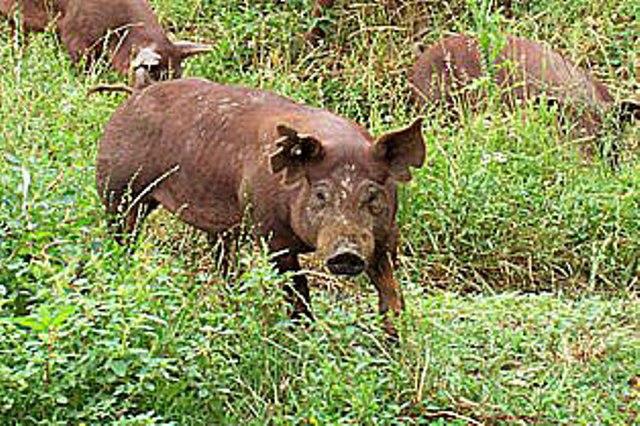
Once upon a time the majority of Americans were virtually free of heart disease, cancer, obesity and other lifestyle related diseases. They hunted their own food, ate the whole animal, grew their own fruits and vegetables and cooked the majority of their meals themselves. They ate and moved throughout the day as nature intended. They were healthier and happier than today's Americans.
Around the beginning of the early 1900’s and probably even sooner this all began to change. There was an evil villain called Proctor and Gamble that made their living by harvesting cotton. Nothing wrong with that; however they had a large amount of a rather bothersome by product called cottonseed. Always looking to increase their bottom line they wondered if anything could be done with this to turn a profit.
They experimented and found that through intense heating and pressing they could extract oil which cost next to nothing to produce. The oil however was rancid and unstable but after hydrogenating it they could extend the shelf life indefinitely. When this oil cooled it looked very very similar to lard. They called it Crisco.

The evil villains came up with a dastardly clever marketing plan and promoted and touted this product as a healthier alternative to lard. It worked; haplessly brainwashed Americans bought into it. And alas, thus began the steady decline of America’s health and the beginning of the rapid rise in heart disease and obesity.
Unfortunately this trend has continued throughout the past several decades and only recently are more people starting to realize that we need to get back to the traditions of long ago man and only then will the modern day maladies disappear. Why? Plain and simple, "real" lard is healthier; it's a close second to olive oil in mono saturated fats, it's an excellent source of Vitamin D, it is shelf stable (needs no refrigeration) has a high smoke point making it excellent for cooking, tastes great and it is natural and sustainable. It's not rocket science.
Where can you find this fabulous wonder fat? In your local grocery? Sadly no. Lard found in grocery stores today is hydrogenated and from conventionally raised pigs that are not fed the right foods nor allowed to roam freely. Avoid this lard.

Best thing to do is source your own and render it yourself. It’s not hard. For years I have used Peaceful Pastures; a quality farm in Tennessee that delivers to select cities in both Florida and Georgia. I also found a local farmer that pastures his pigs and feeds them right just outside my hometown of Tampa.

Ideally you want the leaf lard which is the fat from around the pig’s kidneys. After you locate some it’s very easy to render it. Chop up the lard into smaller pieces and place in a large cast iron or stainless steel pot.

Place the lard over medium low heat and add about ½ cup of water; this will eventually evaporate. Go find something to do because this is going to take awhile.

The fat will start to melt. Check it every so often--about every 20 minutes in the beginning.

And about every 10 minutes as it gets closer to being done. I had 2 pots going if you're wondering why it's now in the cast iron one. I like to do a big batch, that way it'll last awhile and I like to give it as gifts.

It's getting there but not quite done. You want to let it cook until only the cracklings remain and there is barely any visible fat. Careful though, too long and it can actually burn. What I prefer to do is remove most of the melted fat when it's a little beyond this stage and then let it cook down a little more. That will produce a slightly darker lard which I will label as savory lard and store it in a separate jar. It will have a little stronger flavor and I reserve it for cooking stews, pot roasts and things of that nature. The pure white lard will not impart any flavor to your foods and is excellent for baking.

After the majority of the fat is melted down carefully transfer to Mason jars. I use a strainer lined with cheesecloth to prevent any small pieces of cracklings getting through. The lard will be a light golden color as you see far left. As it cools and begins to harden it will lighten (far right).

After it solidifies it will be a beautiful snowy white. You can store in it in your pantry for 3+ months, the fridge for 6+ months or in the freezer for a year.
The lard makes an excellent fat to cook with; I saute my vegetables in it, use it interchangeably with butter, season my cast iron with it and as a general all purpose cooking "oil". While we've yet to fell the evil villains we can do our part by eating for health and performance not to mention taste.
If you’ve nothing to do while rendering your lard or want more details; check out this video from a few years back when my friend Sarah, the Healthy Home Economist and I spent a Sunday afternoon rendering lard. And my husband was kind enough to film it during a football game, very out of character.
Click here to view the embedded video.
See my blog Paula Lean Primal Queen for some recipes for your freshly rendered lard!
